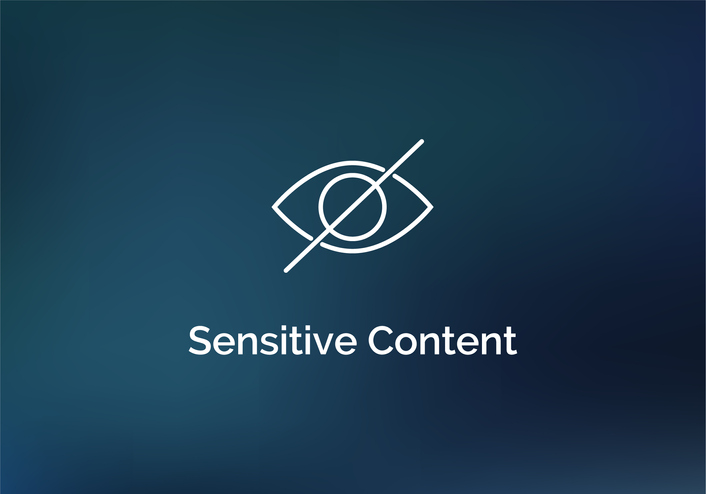Censorship in Memphis: The Real Effects of Withholding Information
Is sheltering students from the truth actually helpful?
 (Getty Images)
(Getty Images)
In a world of rampant censorship, we must ask ourselves: How far do we have to go to protect our children? And after what point is overly sheltering hurting our kids?
This is a question being asked in Memphis, Tennessee at this very moment. Following the reverberating pain of the shooting of George Floyd, Pulitzer Prize-winning authors Robert Samuels and Toluse Olorunnipa wrote the book, “His Name is George Floyd.” It discusses Floyd’s life and legacy and is essential reading for anti-racists. When Samuels and Olorunnipa arrived at the Whitehaven High School in Memphis last October to speak on their book, they were told to not share any excerpts or delve too deeply into the topic. Students were also not given a copy.
This was a condition required by a Tennessean law, which requires school books to be age-appropriate (which is, of course, a completely subjective and arbitrary requirement, but so is censorship). It is no coincidence that books called out for being not age-appropriate are ones discussing racism. Tennessee, which was one of the first states to restrict classroom conversations on racism, is clearly intent on asserting itself as a state lacking free speech.
Another interesting development is that Whitehaven is a majority Black school, with even the youngest students certainly old enough to fully remember the massive waves of protests in 2020. Why is the state and Memphis-Shelby County so intent on covering up issues of racism and claiming that racism is age-inappropriate for students who have grown up in a system built on racist ideals? The answer lies within the question itself. The state seems to believe that a lack of school education will produce students who do not know racism. This is untrue in two ways.
A system without civics education produces students who grow to be either ill-informed (sometimes, in Tennessee, in damaging ways) or are angry at the politicians. In the age of widespread information on the internet, the number of young people who don’t know what’s going on is much lower than it used to be. It’s no easy feat to be an uninformed, socially active teen these days, especially in a place like Memphis. Unfortunately, disinformation is rampant and is the real enemy of the truth in communities with censorship.
When we think about censorship in the age of the internet, we sometimes believe that people will know nothing without these books and resources. But when we don’t provide truthful resources and difficult conversations in the classroom, we fundamentally fail our children. We make it obscenely difficult for them to be able to pick out truth from lies, and accurate graphics from misleading statistics. And, though we have yet to see the consequences truly, we know that when children are incapable of picking out right from wrong on the internet, they go on to propagate misinformation unknowingly. According to TIME Magazine, fewer than 45% of teens say they can tell the difference between real and fake news. Still, a survey done by Common Sense Media said that a whopping 54% of teens get their news from social platforms like Instagram or TikTok.
By continuing the fight for censorship, we have doomed our children to an uphill battle for information.
The next time we ask ourselves how far is too far? We must carefully consider the effects of censorship on young people. These effects lie in a lack of media literacy, one of the cruelest things we can do to our children in the 21st century.
Emmie Wolf-Dubin (she/her) is a high school student in Nashville who covers anything from entertainment to politics. Follow her on Instagram: @redheadwd07.
Edited by Nykeya Woods.